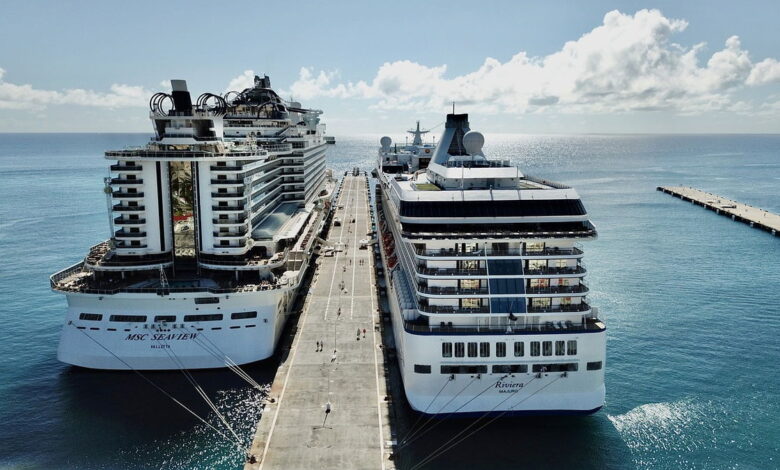Can cruises be “green”? « Euro Weekly News


Cruise holidays have long been criticised for their environmental impact, but the industry is now taking steps to improve its reputation and sustainability.
From alternative fuels to onshore power, here’s how cruise lines are adapting to environmental challenges. But is it enough to make cruising a sustainable travel option?
The cruise industry
In a report titled ‘2024 State of the Cruise Industry’, published by the Cruise Lines International Association (CLIA), cruising is a growing, resilient, and globally significant segment of travel and tourism.
The industry surpassed 31.7 million passengers in 2023, exceeding pre-pandemic levels by 7 per cent, and is projected to grow to nearly 40 million passengers by 2027.
Contrary to the old belief that cruises are for pensioners, Millennials and Gen Z are driving growth in cruising, with Millennials being the most enthusiastic group about cruise holidays. 46% of cruise passengers are under the age of 40.
The environmental impact of cruises
Cruising represents just 2 per cent of the global shipping industry, but its environmental footprint is disproportionately large. According to Transport & Environment (T&E), cruise ships operating in Europe are some of the worst carbon emitters, with nine of the top 20 polluters being cruise liners. This is due to their reliance on heavy fuel oil, a highly polluting substance that has powered ships since the 1960s.
While some cruise ships are transitioning to liquefied natural gas (LNG), this alternative is far from perfect. LNG burns cleaner than oil but risks methane leakage, a greenhouse gas that’s 80 times more potent than carbon dioxide (CO2).
Adding to the toll on the environment is the amount of amenities on board the average cruise ship. Around 40 per cent of a cruise ship’s energy consumption goes on things like swimming pools, spas, and restaurants – according to European research group Sintef.
Sustainability initiatives within the cruise ship industry
Some cruise operators are pushing boundaries with innovative green technologies. Norway-based Hurtigruten is a leader in hybrid-powered vessels and aims to launch the first climate-neutral ship, SeaZero, by 2030. Smaller luxury lines like Selar are also experimenting with renewable energy, designing vessels powered by wind, solar, and water.
The Cruise Lines International Association (CLIA) reports progress, such as a 23 per cent increase in ships capable of connecting to onshore power since 2023, with further improvements expected. However, only 3 per cent of ports worldwide currently offer these facilities.
Onshore power, also known as “cold ironing”, is a system that allows ships to connect to an electrical power source at a port, eliminating the need to run their engines while docked. This technology provides a cleaner alternative to burning fossil fuels for energy during port stays, significantly reducing emissions.
Hygiene on board a cruise ship
Environmental concerns aren’t the only factor to consider when booking a cruise. Hygiene standards are also under scrutiny, particularly after the COVID-19 pandemic. The CDC’s Vessel Sanitation Program (VSP) inspects ships biannually, rating cleanliness on a 100-point scale. Recently, 24 ships scored a perfect 100, including Norwegian Bliss and Disney Fantasy.
Enhanced procedures, such as frequent disinfection and improved air filtration, are now standard, reducing risks of nasty illnesses like norovirus.
By adopting new technologies, cruise operators are making progress, but the journey towards truly sustainable cruising is far from complete. For environmentally conscious travellers, selecting hybrid-powered vessels or smaller, locally-focused cruises may offer a compromise.
View articles on the topic of climate change.




